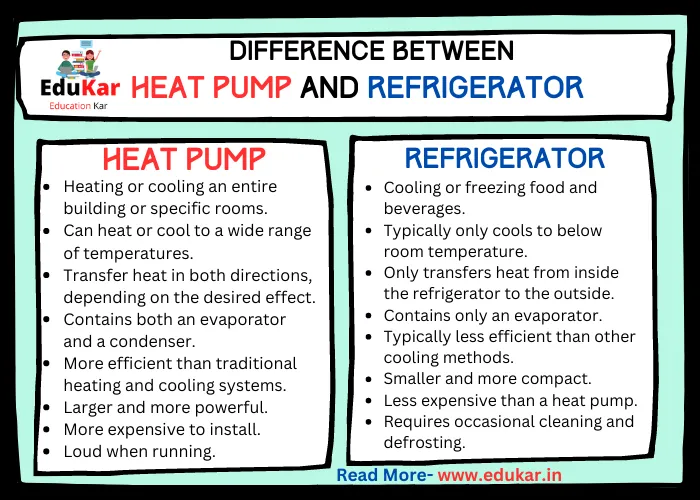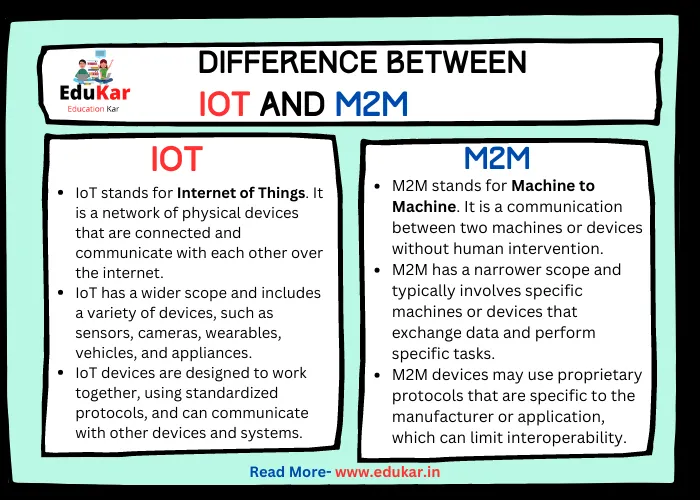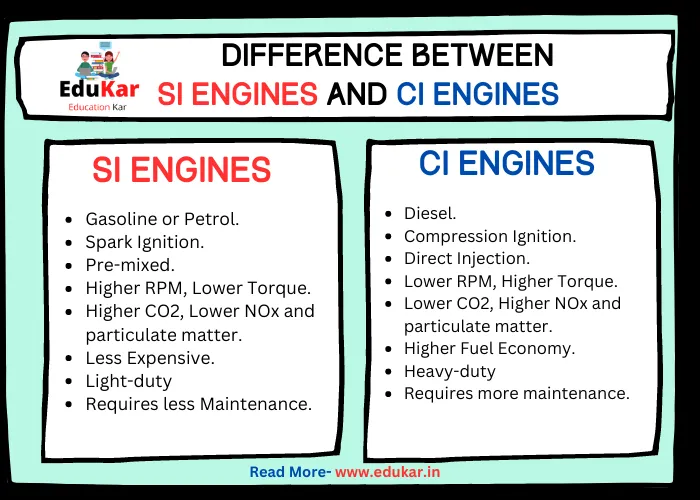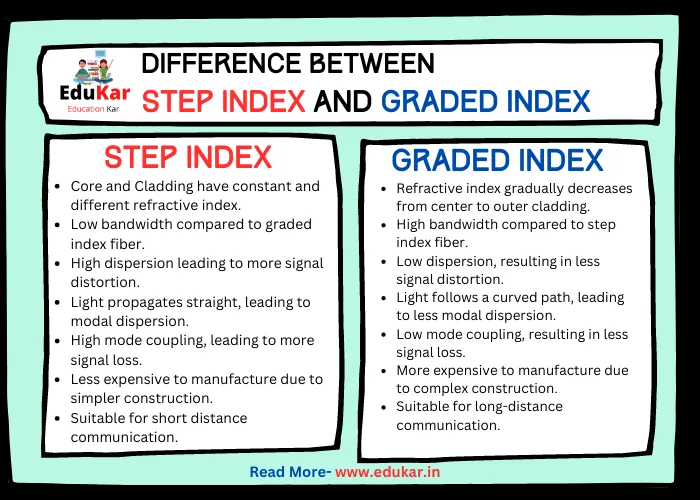Contents
- 1 Introduction
- 2 What is a 3-star AC?
- 3 What is a 5-star AC?
- 4 Differences between 3-star and 5-star AC:
- 5 Which one is right for you: 3-star or 5-star AC?
- 6 Final Thoughts
- 7 FAQs
- 7.1 What is the main difference between a 3-star and 5-star AC?
- 7.2 Is a 5-star AC more expensive than a 3-star AC?
- 7.3 Which AC is suitable for small rooms?
- 7.4 Are 5-star ACs more environmentally friendly?
- 7.5 What factors should I consider when choosing between a 3-star and 5-star AC?
- 7.6 Do 3-star and 5-star ACs require regular maintenance?
- 7.7 Can a 3-star AC provide sufficient cooling?
Looking to buy an AC but confused between a 3-star and 5-star? Read on to understand the key differences between the two, including energy efficiency, cooling capacity, cost, and more. In this blog, we will explain the difference between these two types of ACs, their features, benefits, and drawbacks, and which one is right for you.
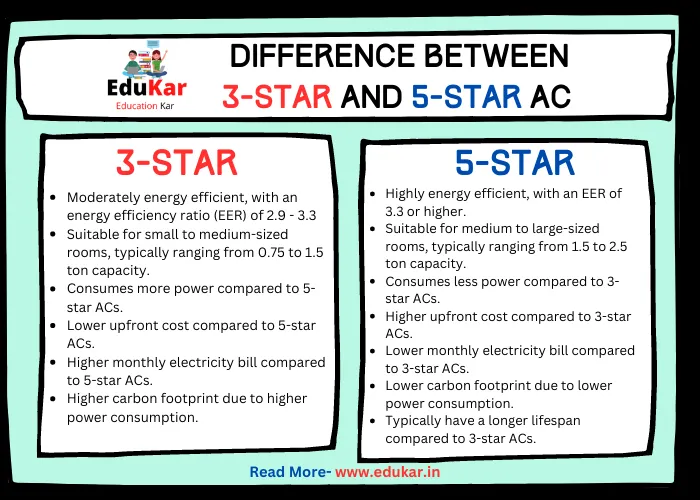
Introduction
Air conditioning units are essential in providing comfort and a better quality of life, especially during hot summer months. With the increasing number of options available in the market, it can be challenging to choose the right AC for your needs. Two of the most popular choices are 3-star and 5-star AC units.
What is a 3-star AC?
A 3-star AC is an air conditioning unit that has been rated for energy efficiency. The Bureau of Energy Efficiency (BEE) has established a rating system based on the energy efficiency ratio (EER) of ACs. The EER is the ratio of the cooling capacity of an AC to the amount of energy it consumes. A 3-star AC has an EER of 2.7-3.09, which means it consumes moderate energy and provides reasonable cooling.
Features and characteristics of a 3-star AC:
A 3-star AC has some basic features that distinguish it from other AC units. These include:
1. Moderate cooling: A 3-star AC unit can provide moderate cooling, suitable for small to medium-sized rooms.
2. Basic features: It has standard features such as a temperature control panel, a remote control, and a basic air filtration system.
3. Energy efficiency: A 3-star AC consumes less energy than lower-rated units and is, therefore, more cost-effective in the long run.
4. Budget-friendly: 3-star AC units are less expensive than 5-star ACs, making them an excellent option for those on a budget.
Pros and cons of using a 3-star AC:
Pros:
1. Affordable: 3-star ACs are budget-friendly and can help save money on electricity bills.
2. Energy-efficient: They consume less energy than lower-rated ACs, reducing your carbon footprint and saving you money in the long run.
3. Moderate cooling: 3-star AC units provide moderate cooling, making them suitable for small to medium-sized rooms.
Cons:
1. Limited features: 3-star ACs have basic features and are not suitable for large spaces or areas with high cooling requirements.
2. Lower energy efficiency: 3-star ACs are not as energy-efficient as higher-rated units, which can lead to higher electricity bills.
What is a 5-star AC?
A 5-star AC is an air conditioning unit that has been rated for energy efficiency. A 5-star AC has an EER of 3.30 or higher, which means it consumes less energy and provides more cooling than lower-rated units.
Features and characteristics of a 5-star AC:
A 5-star AC has advanced features that distinguish it from other AC units. These include:
1. High cooling capacity: A 5-star AC unit can provide high cooling suitable for large spaces or areas with high cooling requirements.
2. Advanced features: It has advanced features such as air purifiers, dehumidifiers, and smart control options.
3. Energy efficiency: A 5-star AC consumes less energy than lower-rated units and is, therefore, more cost-effective in the long run.
4. Environmentally friendly: 5-star ACs are more energy-efficient and have a lower carbon footprint, making them environmentally friendly.
Pros and cons of using a 5-star AC:
Pros:
1. Energy-efficient: 5-star ACs consume less energy than lower-rated ACs, saving you money on electricity bills.
2. Advanced features: They have advanced features such as air purifiers, dehumidifiers, and smart control options.
3. High cooling capacity: 5-star AC units provide high cooling suitable for large spaces or areas with high cooling requirements, making them versatile and convenient.
4. Environmentally friendly: 5-star ACs have a lower carbon footprint and are environmentally friendly.
Cons:
1. Expensive: 5-star ACs are more expensive than 3-star ACs, making them less budget-friendly.
2. Maintenance: 5-star ACs require regular maintenance to maintain their high efficiency.
Differences between 3-star and 5-star AC:
| Feature | 3-star AC | 5-star AC |
|---|---|---|
| Energy Efficiency | Moderately energy efficient, with an energy efficiency ratio (EER) of 2.9 – 3.3 | Highly energy efficient, with an EER of 3.3 or higher |
| Cooling Capacity | Suitable for small to medium-sized rooms, typically ranging from 0.75 to 1.5 ton capacity | Suitable for medium to large-sized rooms, typically ranging from 1.5 to 2.5 ton capacity |
| Power Consumption | Consumes more power compared to 5-star ACs | Consumes less power compared to 3-star ACs |
| Cost | Lower upfront cost compared to 5-star ACs | Higher upfront cost compared to 3-star ACs |
| Monthly Electricity Bill | Higher monthly electricity bill compared to 5-star ACs | Lower monthly electricity bill compared to 3-star ACs |
| Environmental Impact | Higher carbon footprint due to higher power consumption | Lower carbon footprint due to lower power consumption |
| Lifespan | Typically have a shorter lifespan compared to 5-star ACs | Typically have a longer lifespan compared to 3-star ACs |
| Noise | May produce more noise compared to 5-star ACs | May produce less noise compared to 3-star ACs |
| Features | Basic features such as temperature control and fan speed | Advanced features such as smart controls, air purifiers, and energy-saving modes |
| Warranty | Typically come with a 1-2 year warranty | Typically come with a 3-5 year warranty |
| Maintenance | May require more frequent maintenance compared to 5-star ACs | May require less frequent maintenance compared to 3-star ACs |
| Comfort | May not provide as comfortable of a cooling experience compared to 5-star ACs | Provides a more comfortable and consistent cooling experience compared to 3-star ACs |
| Installation | Installation process may be less complicated and less expensive compared to 5-star ACs | Installation process may be more complicated and more expensive compared to 3-star ACs |
Which one is right for you: 3-star or 5-star AC?
The choice between a 3-star and 5-star AC ultimately depends on your personal preferences and lifestyle needs. If you are on a budget and need an AC unit for a small to medium-sized room, a 3-star AC is the better option. However, if you have a larger space or need an AC unit with advanced features and high cooling capacity, a 5-star AC is the better option.
Factors to consider when choosing between 3-star and 5-star AC:
1. Budget: Consider your budget when choosing between 3-star and 5-star ACs. 5-star ACs are more expensive than 3-star ACs, so choose according to your budget.
2. Room size: Consider the size of the room you want to cool when choosing an AC unit. A 3-star AC is suitable for small to medium-sized rooms, while a 5-star AC is suitable for larger spaces or areas with high cooling requirements.
3. Energy efficiency: Consider the energy efficiency of the AC unit you want to purchase. A 5-star AC is more energy-efficient than a 3-star AC, which can result in significant long-term cost savings.
4. Features: Consider the features you need in an AC unit. A 5-star AC has advanced features such as air purifiers, dehumidifiers, and smart control options, while a 3-star AC has basic features.
Final Thoughts
Choosing the right AC unit can be a daunting task. When deciding between a 3-star and 5-star AC, consider your personal preferences and lifestyle needs, as well as the size of the room you want to cool, energy efficiency, and features. A 5-star AC is more expensive but more energy-efficient and environmentally friendly, while a 3-star AC is more budget-friendly and suitable for small to medium-sized rooms. Ultimately, the choice between the two depends on your priorities and requirements.
FAQs
What is the main difference between a 3-star and 5-star AC?
The main difference between a 3-star and 5-star AC is their energy efficiency. A 5-star AC is more energy-efficient than a 3-star AC, which means it consumes less energy and saves more money on electricity bills.
Is a 5-star AC more expensive than a 3-star AC?
Yes, a 5-star AC is generally more expensive than a 3-star AC due to its advanced features and higher energy efficiency.
Which AC is suitable for small rooms?
A 3-star AC is suitable for small to medium-sized rooms, while a 5-star AC is suitable for larger spaces or areas with high cooling requirements.
Are 5-star ACs more environmentally friendly?
Yes, 5-star ACs have a lower carbon footprint and are more environmentally friendly than 3-star ACs.
What factors should I consider when choosing between a 3-star and 5-star AC?
When choosing between a 3-star and 5-star AC, consider factors such as your budget, room size, energy efficiency, and features.
Do 3-star and 5-star ACs require regular maintenance?
Yes, both 3-star and 5-star ACs require regular maintenance to maintain their efficiency and avoid costly repairs in the future.
Can a 3-star AC provide sufficient cooling?
Yes, a 3-star AC can provide sufficient cooling for small to medium-sized rooms. However, a 5-star AC has a higher cooling capacity and can provide cooling suitable for larger spaces or areas with high cooling requirements.

